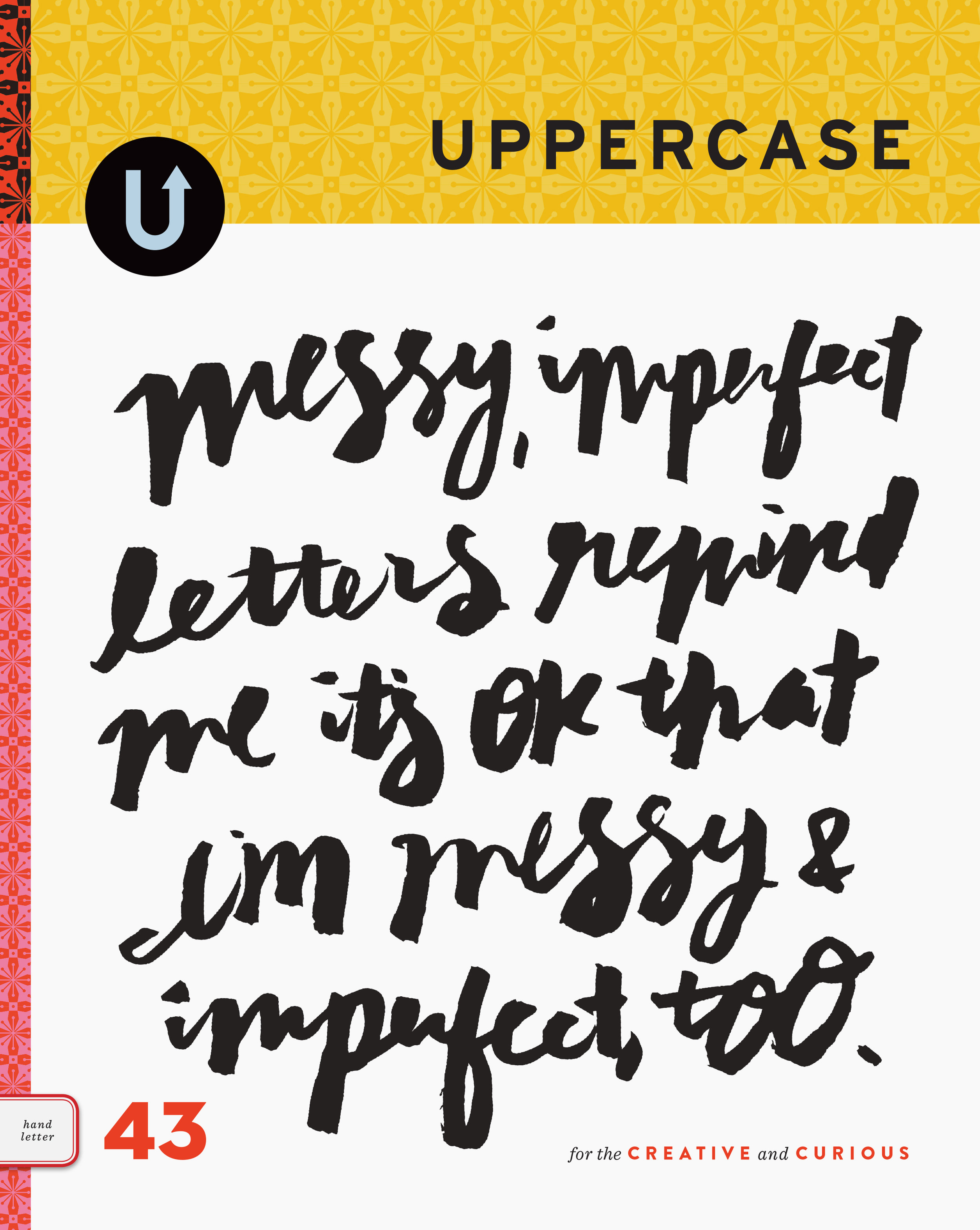pixeli.st
/Other than a photo of Finley with Santa from last year, we don't have any photographs of our son on display. I have to confess that when Finley was a baby, though I absolutely adored taking pictures of him in the moment and am so glad that I did, it was too emotional for me to look at those photos later... he was changing and growing so fast, all these little amazing moments were so fleeting. Trying to put together a baby book, I failed a few times. With the exception of two Blurb books of Instagram photos, I still haven't made him a baby book.
Earlier this year, I watched a crowdfunding campaign that promised to turn digital photos and Instagrams into oil paintings for less than $150. I'm always taking personal photos but they end up stored in the cloud and on my laptop, rarely to be seen again. Curious, I decided to support the campaign and recently I received my Pixeli.st painting in the mail. I am so pleased with the resulting painting, it is so much better than I imagined.
I knew that the paintings were made by Chinese artists, but the thing that was lacking with the final oil painting was a credit and brief bio about the individual who created it. I emailed Pixeli.st and asked them about their process. Will Freeman replied:
China has a number of "art villages" which are generally small areas of cities where artists congregate. Some are famous for creative and cutting edge art like "the 798" in Beijing. Others are places where less successful artists find cheap housing and hang out with their peers, "like Songzhuang" in Beijing. Still others are centres for art production and export. Xiamen, a smaller city in Fujian province, where our artists live, is one of these. Xiamen actually has two "art villages", but artists and export factories are scattered all around the city. A lot of the oil paintings you find in home-interiors shops, hotel rooms, etc are made in Xiamen or Shenzhen. Most of these are done by migrant workers who create the same paintings hundreds, or even thousands, of times over in an assembly line fashion (one person paints the top corner, the next person paintings the bottom corner, and so on). The artists we use tend to be art-school graduates who do custom one-off painting projects and act as art directors for these assembly line sort of factories. They are extremely talented painters, but tend to see painting as a fun job—a means to earn a living—rather than purely a creative pursuit.
When we receive an order, our team's most important job is to chose the right artist for the particular photo. Some of our artists excel in human portraits; others paint mostly landscapes; others prefer cityscapes; and so on. A painting is usually finished about ten days after the order is placed. Our art staff then reviews the painting to make sure there are no alterations are needed. I'd say about 30% of our paintings require revisions. When someone places a custom order with us, we bring them into this process by sending them photos of their finished painting and allowing them to comment on any changes they'd like. After a painting is approved for shipping, we do all packaging at a central location in Xiamen and ship with various express carriers. The whole process tends to take 3-5 weeks, depending on how burdened the shipping companies are at a particular time.
The photo I submitted is on the left, the painting on the right.
Will said that artist bios was something they were working on. I think giving credit where credit is due would only add value to a painting that was relatively inexpensive and created by someone with genuine talent. Thank you to whomever painted such a lovely portrait of my Finley—I can tell it was done with care and great skill!
Find out more about Pixeli.st here.








